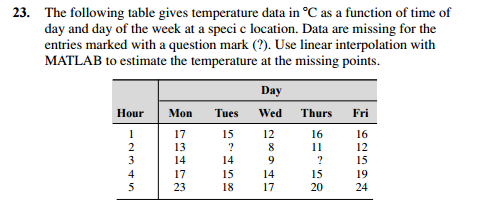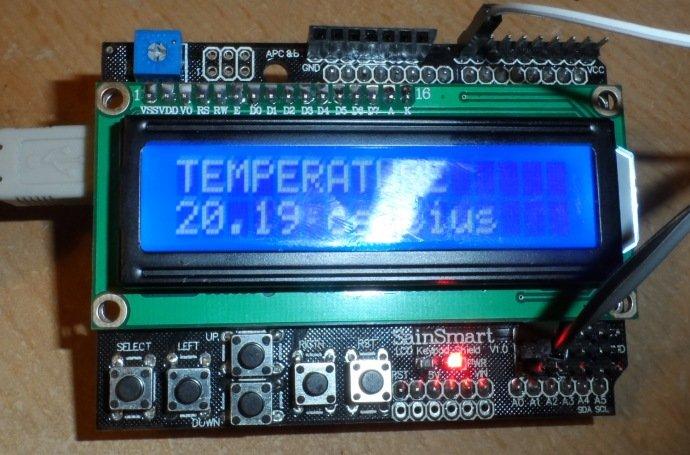

More importantly, the evaluation has remained largely restricted to the inspection of temperature distributions and estimated exposure–response curves, without a comparative analysis of performance that can identify the preferable option and quantify potential biases. However, these assessments were limited to single countries 10, 12 or regions 11, 13 with high-quality stations measurements, thus limiting the generalisability of the findings. These studies have generally found a good correlation between the two sources and similar estimates of health impact. Only a few studies to date have compared the use of climate reanalysis data by comparing estimates of epidemiological associations versus station-based observations, in particular for quantifying mortality risks associated with non-optimal temperatures 10, 11, 12, 13.

However, their usage in health impact assessment has been limited and often been restricted to regional scale studies 10, 11. A number of global forecasting and research centres make their quality-controlled reanalysis data products freely available. These products offer an immediate advantage over in situ measurements by providing consistent historical records of numerous meteorological variables, spanning the whole globe at various spatial and temporal resolutions. Reanalysis data products are obtained by runs of global or regional weather forecasting models under observationally constrained scenarios via data assimilation 8, 9. In recent years, data from climate reanalysis are routinely being applied as pseudo-observations in sectoral impacts assessments 6, 7. This further limits the potential usage of single- or multiple-monitoring stations in capturing local phenomena, such as urban heat island (UHI) effects that can enhance heat stress especially during heat waves 5. Moreover, even in high-income regions where historical observations are better maintained, the stations are often located outside populated areas, e.g., at nearby airports or remote weather observatories, and thus not truly representative of the exposure of populations living in large urban centres 3, 4. These limitations are generally more evident in low- and middle-income countries where the network of ground stations is often sparse or non-existent, or the quality control protocols are usually not standardized 2. In addition, the geographic proximity of the measurements to the population under study is not always guaranteed. Though generally considered representative of the actual ambient conditions and individual’s exposure, their broader application in environmental epidemiology is often constrained by inhomogeneous records and the sparse density of meteorological stations. In situ measurements from weather stations are often regarded as the gold-standard in epidemiological studies 1. Reanalysis data represent a valid alternative source of exposure variables in epidemiological analyses of temperature-related risk. However, the analysis offers some indication of lower performance in tropical regions, with a likely underestimation of heat-related excess mortality. Our findings show that reanalysis temperature from the last ERA5 products generally compare well to station observations, with similar non-optimal temperature-related risk estimates.

Here we provide the first comprehensive analysis over multiple regions to assess the suitability of the most recent generation of reanalysis datasets for health impact assessments and evaluate their comparative performance against traditional station-based data. Climate reanalysis represents an alternative option that provide complete spatio-temporal exposure coverage, and yet are to be systematically explored for their suitability in assessing temperature-related health risks at a global scale. Epidemiological analyses of health risks associated with non-optimal temperature are traditionally based on ground observations from weather stations that offer limited spatial and temporal coverage.


 0 kommentar(er)
0 kommentar(er)
